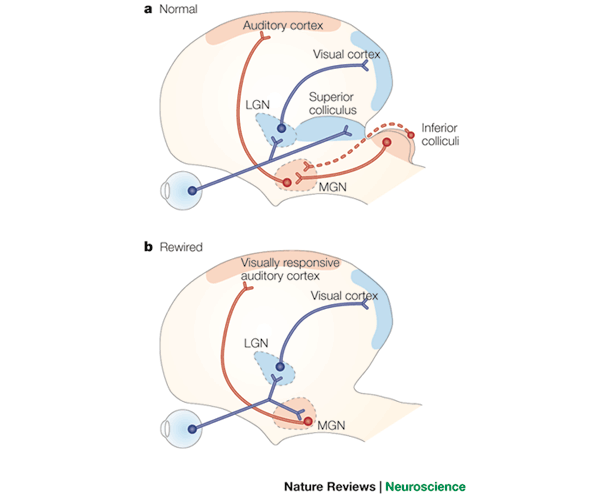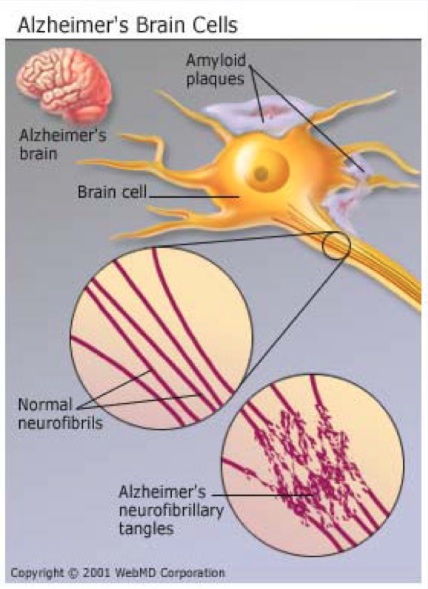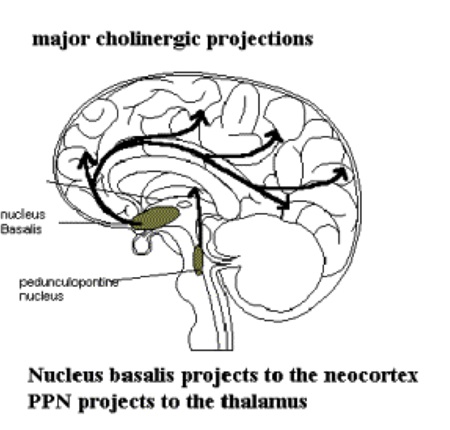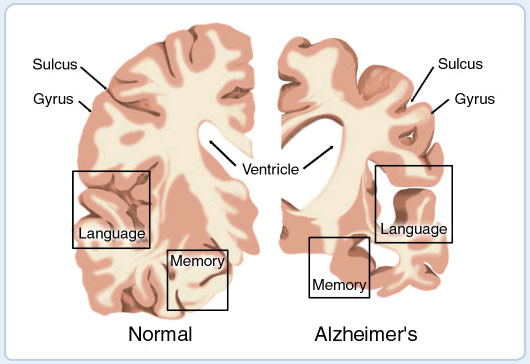PSYC 2: Biological Foundations - Fall 2012 - Professor Claffey
Notes: Damage & Disorders
Version:12/02/12 - original version
Damage
Stroke
crisis of ____________________ to neural tissue
US: 3rd leading cause of death, leading cause of adult
disability
______________ - the area of dead/damaged tissue
cerebral ____________________
rupture of blood vessels
____________________ - balloon like expanse in an
artery
cerebral ____________________
disruption of blood flow
thrombosis - a plug or clot that develops in
place
embolism - a plug or clot that develops
elsewhere, travels through blood stream, lodges elsewhere
arteriosclerosis - narrowing of arteries
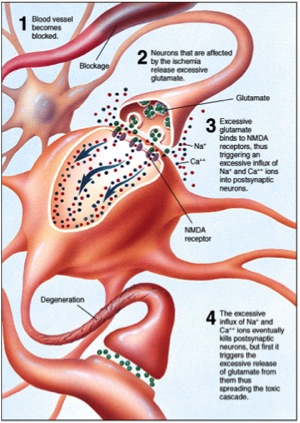
|
ischemic cascade good but detailed: wikipedia.org/wiki/Ischemic_cascade disruption of oxygen delivery causes energy crisis & failure to maintain cell homeostasis fail to: ______________________ internal build up of Na+, permanent depolarization, glutamate release fail to: clean up ____________________ some areas more sensitive than others: hippocampus |
Tumors
Benign (left) vs malignant
(right) tumors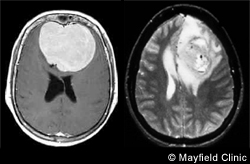 Source: www.mayfieldclinic.com/PE-BrainTumor.htm |
____________________ tumor originating in the meninges usually benign, wrapped in a membrane causes problems by displacing tissue about 20% of brain tumors malignant / metastatic typically originate in other areas of the body chemical and physical disruption of other cells about 10% of brain tumors symptoms: headaches, seizures, disruption of function |
Closed head injuries
"Closed head injury" means the skull was not fractured
contrasts with "Open head injury" in which the skull was fractured or penetrated

|
____________________ - damage to circulatory system ____________________ currently a growing concern for football the nature of the damage is not well understood |
Infection
________________ - inflammation of brain due to the invasion of a microorganism
bacterial - syphilis, Lyme disease, malaria
viral - rabies, mumps, herpes
cause deficits by interfering with cell function and producing an inflammatory response
Neuron damage & regeneration
____________________ - the ability of neuron configurations, and therefore the brain, to change with time and recover
critical to development, learning and recovery
Damage
____________________
programmed cell death
slow, orderly disintegration of cells, no inflammation, doesn't disturb neighboring cells
(Full review: Apoptosis in neurodegenerative disorders, Nature Reviews Mol Cell Bio, Mattson 2000)
____________________
sudden, disorderly cell death
causes inflammation, disrupts neighboring cells
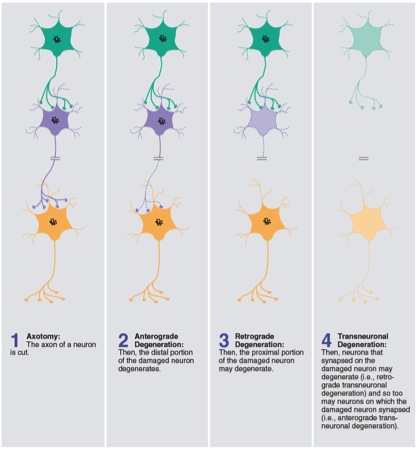
|
_____________________ degeneration damage between cut and synaptic terminals this is the distal portion of the neuron _____________________ degeneration damage between cut and cell body this is the proximal portion of the neuron _____________________ degeneration when a neuron dies, other neurons that are post-synaptic, or pre-synaptic may also die |
Regeneration
Unsuccessful in mature mammals and higher vertebratesCNS - virtually non-existent
PNS - unlikely but possible
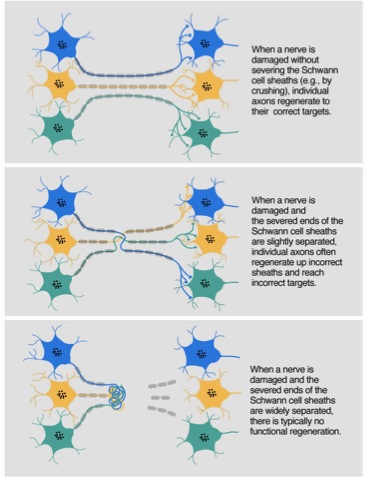
|
Regeneration in PNS requires original _________________________ to be intact neurotropic factors - chemicals that encourage tissue growth CAMs - cell adhesion molecules, provide guidance new growth may connect to incorrect targets It is not the neurons themselves, but the environment CNS neurons transplanted to PNS will regenerate PNS neurons transplanted to CNS will not regenerate |
Reorganization
Example 1: Reorganization in V1 following retinal lesions
In adult monkeys, remapping can occur within hours (Botelho et al, 2012)
Example 4: Phantom limb
somatosensory cortex that previously received input from amputated arm begins responding to neighboring input
Example: touching a patient's cheek can feel like touching the amputated arm
Treatment & Recovery
____________________ - return of original
function in a damaged area
Example: after a stroke affecting the hand motor area, that tissue recovers and hand function returns
____________________ - performing a function by newly learned methods using
non-damaged areas
Example: after a stroke affecting the hand motor area, neighboring tissue learns to operate the hand
1. Reducing degeneration
apoptosis inhibition
nerve growth factors
estrogen (Review: Brann et al, 2007)
females have better incidence/outcomes in neurological pathologies
administration of estrogen improves post-stroke outcomes in rodents
2. Promoting regeneration
can be induced in CNS neurons by Schwann cells (Xu et al, 2004)
physical activity promotes adult neurogenesis in rodent hippocampus
3. Transplant
fetal substantia nigra cells for treating monkeys with Parkinson's disease-like symptoms
limited success with humans
embryonic stem cells in rat damaged spinal cord improved mobility
4. Rehabilitative training
for hands, restrict the functioning limb to maximize use of impaired hand
for spinal cord injuries, facilitated walking
5. Prevention
rats raised in enriched environments are resistant to epilepsy, AD models, HD models
adults that are more cognitively active have less incidence of AD
Neuropsychological Diseases
A note on terms I use:mechanism - what happens in the brain to produce the deficit ("pathophysiology")
cause - what genetic/environmental factors cause the disease to develop ("etiology")
Alzheimer's Disease
Most common cause of dementia, 4th leading killer of adultsPopulation
2000: 4 million Americans2050: estimated 14 million Americans (Evans et al, 1990)
Typical onset at _______ years, but 10% of cases are __________________
As the overall population grows older, more people are going to encounter the disease
Women are more likely to have it because they __________________
Cause is unclear
Symptoms
initial - confusion, selective decline in memorysevere - can not: communicate verbally, understand words, recognize self or family, care for themselves
death due to __________________ (i.e. can't properly chew food -> inhale particles -> contract pneumonia)
Diagnosis
Can only be diagnosed for certain in autopsyBehavioral observation can identify dementia, but not AD as the specific cause
Mechanism: Neurons
1. ____________________amyloid precursor protein (APP) - a normal protein in the neuron's cell membrane
amyloid beta - a portion of APP that is improperly clipped off
amyloid beta builds up as a plaque outside of neurons
genetic basis: a mutation in the gene for APP causes a 6x increased risk of early onset AD

Mechanism: Brain
Animal model
____________________ - genes from another species are introduced to produce a behavior or physiological condition____________________ - an animal with characteristics like a disease used to study causes and potential treatments
mouse model of AD
Only humans and some primates develop plaques, wild mice do not get AD
a mouse model was developed that develop plaques in the brain and diminished memory
vaccine (Schenk et al, Nature 1999)
a vaccine was developed that prevented/reduced plaques in mice and improved memory
produced encephalitis in human trials, never successful

Treatments
Working on a vaccine, but not successful in humansmonoamine oxidase inhibitors (MAOIs)
these prevent the breakdown to monoamines like _____________________________________
boast levels across the brain
not addressing a specific problem, just "turning up" neurotransmitters in general
NSAIDs (non-steroidal anti-inflammatory drugs)
aspirin, ibuprofen (Advil). analgesics and anti-fever. used for many issues like arthritis.
reduce inflammation in response to plaque damage
cholinesterase inhibitors
prevent the breakdown of acetylcholine
Treatment Summary: There are no working direct treatments, all address the disease ________________
Parkinson's Disease
Population
Onset typically in 50s or 60sAffects 0.3% of the population (approximately 1 million U.S. patients)
Most cases have unidentifiable causes
possible causes: genetics if onset before 50 years old, diet, smoking, rural areas, environmental toxins
Symptoms
 |
____________________ at rest, typically in hand rigidity ____________________ - inability to initiate movement Cognitive symptoms (dementia) are not typical |
Mechanism
Review: substantia nigra distributes
dopamine to the basal ganglia (in diagram, striatum is a major
structures of the basal ganglia)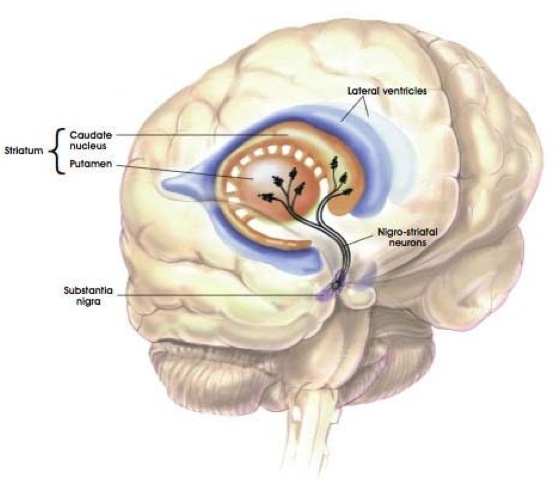
|
in PD, there is dramatic cell death in the substantia nigra causes lack of dopamine in basal ganglia, therefore dysfunction in motor _______________ and motor ____________________ 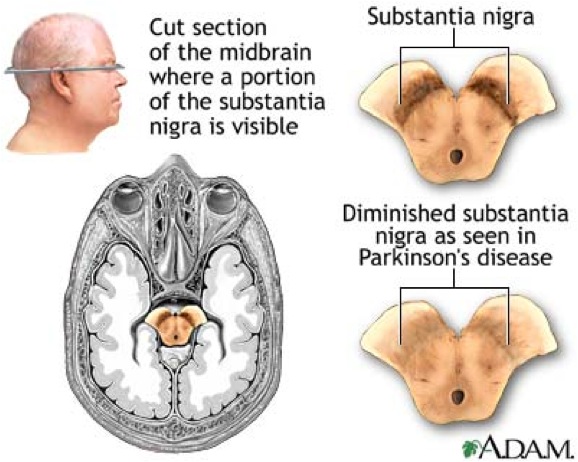
|
Treatments
______________________a precursor to dopamine that can be absorbed through the blood brain barrier
problems: difficulty to dose, side effects, eventually loses efficacy (effectiveness)
____________________________________ of subthalamic nucleus (in basal ganglia)
implant a "pacemaker" into an area of the basal ganglia
patient can turn on and off and adjust settings
can dramatically reduce tremor
not clear how it is having its effect
Movie: Deep Brain Stimulation (youtube)
Other Diseases/Disorders
(Note: The choice to cover Alzheimer's and Parkinson's in depth above was somewhat arbitrary, though these both affect large populations and tend to be in the forefront of the public's attention. The following diseases/disorders are covered briefly due to time constraints in the course, not due to less severity or social relevance.)
Epilepsy
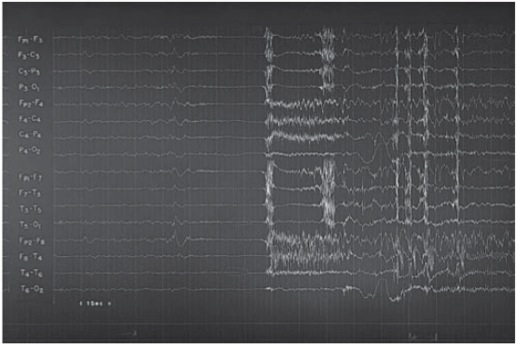
|
Primary symptom is ______________ (though not always) A burst of abnormal, self-reinforcing neural activity Usually generated internally, though sometimes by stimuli Convulsions - motor seizures Non-motor - can include loss of or shift in consciousness Affects 1% of population Diagnosed with EEG Treated with anti-convulsant drugs and, if necessary, surgery |
Huntington's Disease
Cause: Inheritable genetic mutation (single, dominant Huntingtin gene) with a reliable genetic testMechanism: With the genetic mutation, there is severe damage to striatum (basal ganglia)
Symptoms:
initial - fidgety, restless
final - jerky uncontrolled movement of limbs (________________), severe dementia
death approx. 15 years after onset
Onset usually not seen until around 40 years old
If your parent has the gene, there is a 50% chance that you inherited. When, if ever, would you want to be tested?
Multiple Sclerosis
Unknown causeProgressive _______________________ disease that attacks the myelin of the CNS
sclerosis - the hard scar tissue left behind
symptoms:
visual disturbances, muscle weakness, tremor, ataxia (loss of motor control)
Periods of remission are common
Schizophrenia
Symptoms:Positive symptoms: delusions, hallucinations, inappropriate affect, formal thought disorder
Negative symptoms: lethargy, social withdrawal, flat affect, alogia (lack of speech)
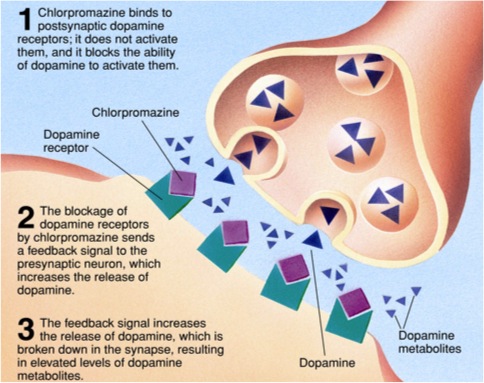
|
Theory: caused by overactive _______________ in the brain Increasing dopamine transmission exacerbates symptoms Decreasing dopamine transmission is therapeutic But for many reasons, dopamine is not the entire story Treatments: Chlorpromazine - Dopamine __________________ calms agitated patients, activates withdrawn patients |
Depression
5% of population suffer from unipolar (as opposed to bipolar) depression|
Cause there is a genetic component to depression stress is not a likely cause of depression sparse evidence linking stress and depression extreme stress is more likely to cause PTSD Theory: underactivity of _______________ and ________________ at synapses |

|
Monoamine oxidase inhibitors (MAOIs) - see Alzheimer's disease treatments for details
Tricylic antidepressants - Block reuptake of serotonin and norepinephrine
Selective serotonin reuptake inhibitors (SSRIs)
Prozac, Paxil, Zoloft
Not more effective than tricyclics, but less side effects
Selective norepinephrine reuptake inhibitors (SNRIs)
Other: light therapy, electroconvulsive shock therapy, chronic electrical stimulation
2002 study
MAOIs, tricyclics and SSRIs all get about a 50% improvement
control subjects have ____________ improvement
2008 meta-study
_____________ was 82% as effective as antidepressants in severely depressed individuals
antidepressants even less effective in mildly-moderately depressed individuals
